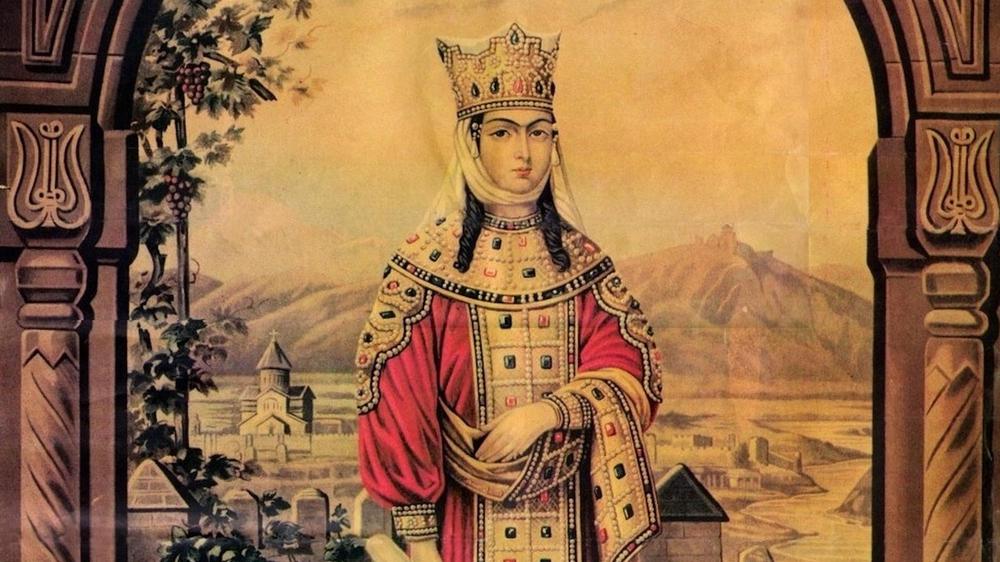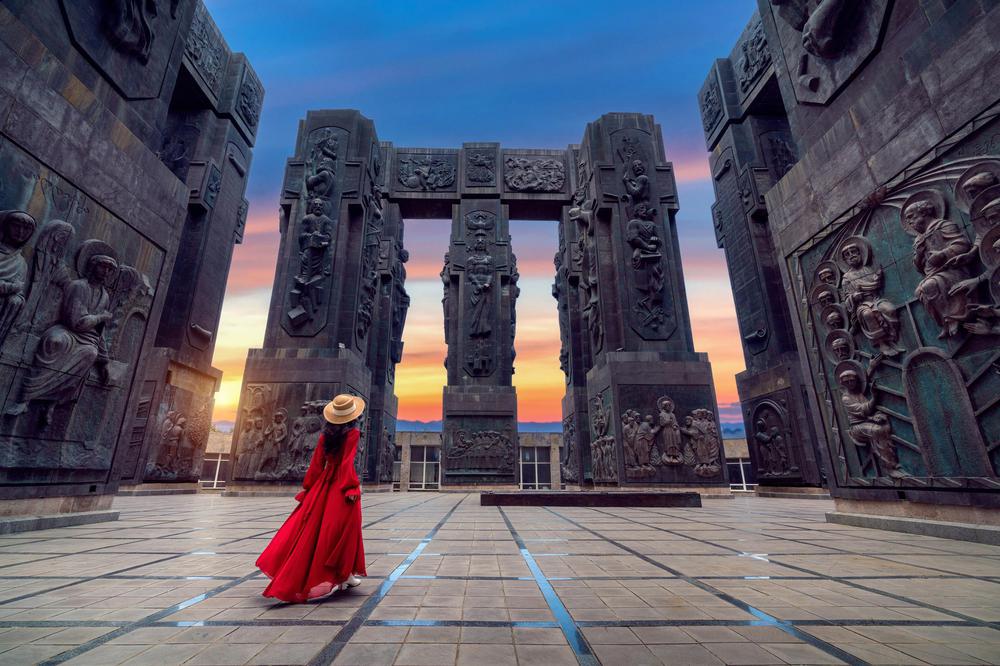The Bagrationi Dynasty, a significant royal lineage in Georgian history, reigned from the Middle Ages until the early 19th century. Their rule is one of the longest in Christian royal history. The origins of the dynasty are debated among scholars, with some tracing their lineage back to the biblical King David. However, modern scholarship suggests that the Georgian Bagratids originated from the Armenian Bagratid dynasty in the 8th century, following an uprising against Arab rule in Armenia.
Rise Of The Bagrationi Dynasty
By the 6th century, the Bagrationi family had become prominent under the Sassanid Persian Empire. The decline of earlier Georgian dynasties, the Guaramids and the Chosroids, along with the distractions of the Abbasids and the Byzantine Empire, paved the way for the Bagrationis. Initially ruling as presiding princes in southwestern Georgia, they expanded their domain under Byzantine protection. Ashot I's accession as the presiding prince of Kartli in 813 laid the foundation for the future royal house, leading to the restoration of the Georgian monarchy in 888 under Adarnase I and the eventual unification of Georgian territories under Bagrat III.
The Golden Age Of The Bagrationi Dynasty
The Bagrationi Dynasty's most notable period was during the reigns of David IV (1089-1125) and Queen Tamar (1184-1213), marking Georgia's Golden Age. David IV, also known as 'the Builder', achieved significant military successes, including the reconquest of Tbilisi from the Seljuks and expanding Georgia's influence across the Caucasus and into eastern Anatolia and northern Iran. Queen Tamar, the sole female ruler of Georgia, continued this legacy, extending Georgia's territorial reach and fostering a cultural and architectural renaissance.
Decline And Fragmentation Of The Dynasty
The 13th-century invasions by the Khwarezmians and Mongols signaled the end of Georgia's Golden Age. The Mongol dominance led to the fragmentation of Georgia into three separate kingdoms—Kartli, Kakheti, and Imereti—each ruled by a Bagrationi branch. This period was marked by internal power struggles and external threats from the Ottoman and Persian empires.
The Treaty Of Georgievsk And Russian Annexation
In the 18th century, King Erekle II brought stability, unifying Kartli and Kakheti. To protect against Ottoman and Persian threats, he placed his kingdom under Russian protection through the Treaty of Georgievsk in 1783. Despite this alliance, the kingdom could not avoid further Persian attacks. After Erekle II's death, his son George XII sought continued Russian protection, leading to the Russian annexation of the kingdom in 1801 and the end of Bagrationi rule in Georgia.
Legacy Of The Bagrationi Dynasty
Despite the end of their reign, the Bagrationi family remained prominent within the Russian Empire. Following the establishment of Soviet rule in Georgia in 1921, many family members relocated to Western Europe. Today, the Bagrationi royal family, split into several branches, symbolizes Georgia's rich history and cultural heritage. The dynasty's influence continues to shape Georgian national identity and culture, standing as a testament to the nation's resilience and cultural richness.

 Ancient Echoes
Ancient Echoes
 Golden Age of Georgia
Golden Age of Georgia
 Mongol Invasions of Georgia
Mongol Invasions of Georgia




